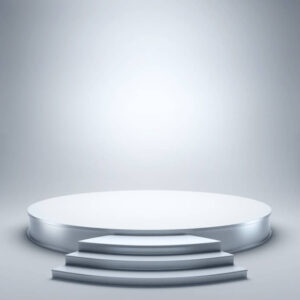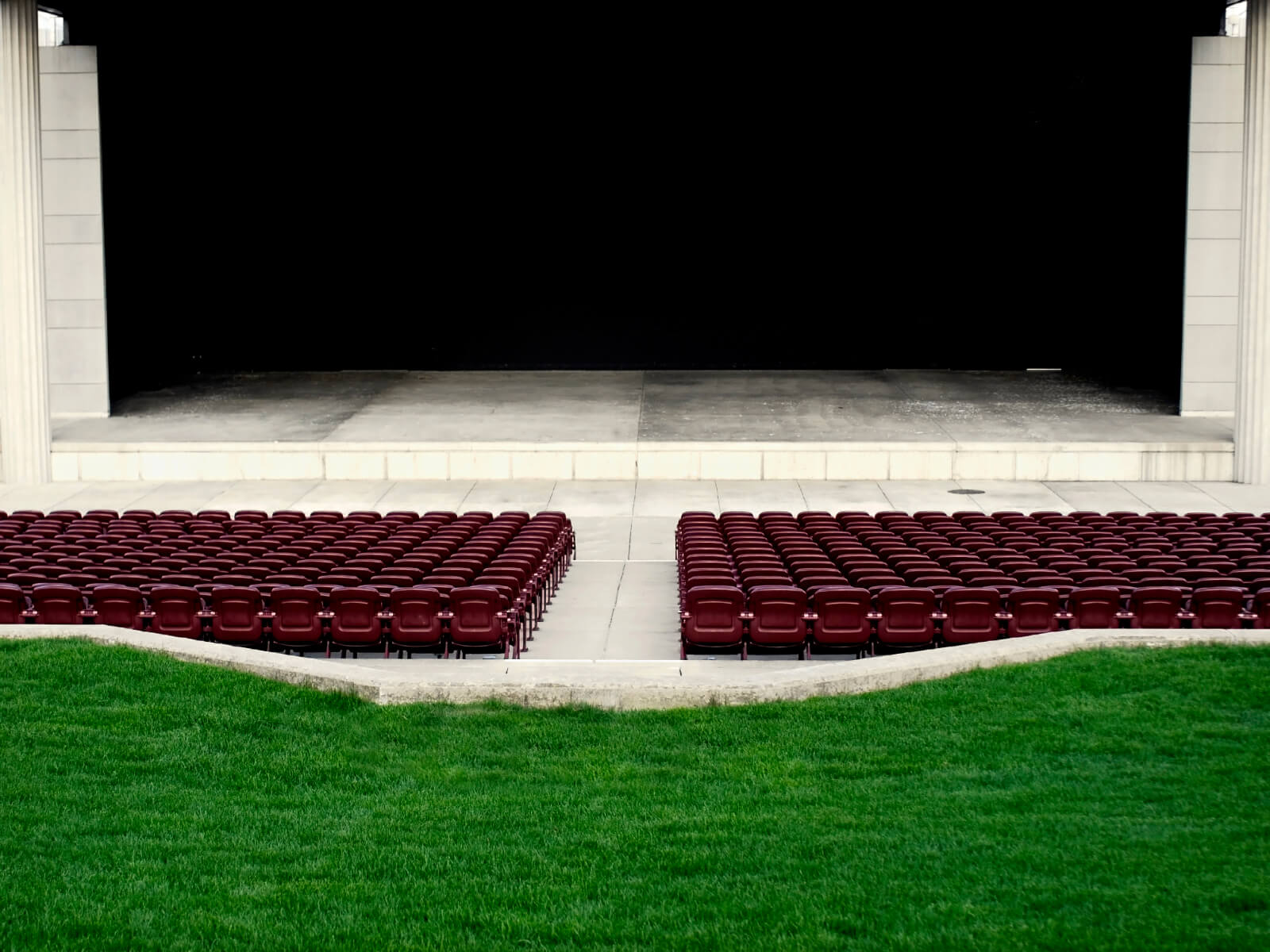Pulling off stage design that speaks to the performance is key to putting on any production without a hitch, these top tips for successful stage design will help you steal the show. The scene sets the backdrop for any story or experience, hence why your job as stage designer is so important. Here are some top tips for stage design that wins over audiences both big and small.
1. Use Lightweight, Versatile Materials For Props
Using heavy stage props can make everyone start to feel a little grumpy. For one, as things need to be moved around it is time consuming to find someone strong enough to do the task every time. Also, if actors need to move props on their own during a performance this can present an issue.
Planters are common set design accessories, but many nice-looking planters are extremely heavy, especially after you add plants, soil and water to the mix. TerraCast planters have been used on countless sets and are made durable enough to last forever. You can even add graffiti to our planters but as soon as you clean it off it will disappear. They never stain or rust, meaning you can use them for countless production purposes and they will still look like new for the next show.
2. Get Creative And Think Outside Of The Stage
You don’t want your stage to look like every other stage otherwise a production will likely lose its unique quality. It’s much more entertaining for viewers if a stage includes creative set design elements that stand out and tie into the overall theme. Instead of thinking of it as a stage or set, imagine what you want the space to be and make it true.
3. Remove Clutter Or Else
Clutter distracts the audience from what’s really going on. Sometimes certain plot elements call for clutter but not the kind we are talking about. We mean cords, laptops, or anything else that will remind audiences they are simply watching a performance, and one that needs to clean up its set.
 4. Consider All Audience View Points
4. Consider All Audience View Points
A certain stage prop might look great from a few feet off-stage but what does it look like for people sitting 15 rows back, or in the furthest far corner? Making sure that all props are considered from each chair in the audience is huge, and will make the difference between people loving your show and failing to connect or understand.
5. Lighting Guides The Show
Lighting is one of the most important aspects of all when it comes to set design. Good lighting can make a cardboard box and duct tape look like a royal castle made of wood with silver hinges. Lens color, texture and intensity are just a few of the things lighting alters for any audience. If you are not in charge of lighting it’s so important to talk with the person that is in order to make the most of your props.
LED lighting fixtures are highly recommended because they produce far less heat than other forms of lighting. As a result, the stage doesn’t get as hot and less energy is consumed. (Reference)
6. Go Green On Set
Go green and create a more eco-friendly production by using responsibly sourced props and materials. Reduce waste by carefully planning for everything and buying the right amount of materials for the task at hand. Add LED lighting to your list to reduce energy usage, save money, and keep the set more comfortable.
7. Check Every Last Step Off Your List As You Go
Successful stage design begins with a thorough plan, which will likely undergo a number of changes before being considered final. Here is a basic outline of the steps any stage designer goes through as they complete the creative process.
Read the script. Start by reading over the script and stage notes. You don’t need to read line-by-line or memorize anything. Right now you’re just on the hunt for key plot points or set pieces you need to be in the loop about.
Meet with directors. The next step is to have a meeting with the production directors. For the most part you sit back and listen during this process, allowing the set directors to describe their vision. While some directors will give you tons of creative freedom others are going to control and regulate nearly every element.
After hearing what the directors have to say it is your chance to discuss any ideas or concerns you have after reading through the script and listening to their thoughts. This is your chance to make sure your ideas are on par with what the directors have in mind.
Draw your vision on paper. After talking with the directors you have a good idea how you are going to design the stage. Turn this plan into an outline drawing that others can see and understand. Seeing it on paper may also spark new ideas to formulate.
Meet with the creative team. As the set designer you will need to meet with the Directors, Master Carpenter, Set Decorator and anyone else involved in props or the overall production. These meetings will likely impact your design ideas, causing further development of current plans.
Get specific with it. Now is the time to draw out your plan to scale, using a computer drafting program or graph paper so that all dimensions are to scale. Include the exact scale you are using. Don’t forget the aisles and exits. Once complete this can be sent to all Stage Managers and Directors.
Draw each set piece. Carefully draw each set piece to scale using multiple views. Include the dimensions as well as type of wood or other materials. It is adamant that the on-set carpenter or anyone else responsible for constructing props fully understands your plan.
Create your list of required materials. When making your list you don’t want to overestimate, but even worse you don’t want to underestimate. Going just slightly over what you think you may need is best. Check what is already in stock before making any purchases.
TerraCast Products offers everything you need for durable, high quality, eco-friendly set design elements that will last show after show. From LED lighting fixtures to beautiful wreck-proof planters, we’ve got it all!

